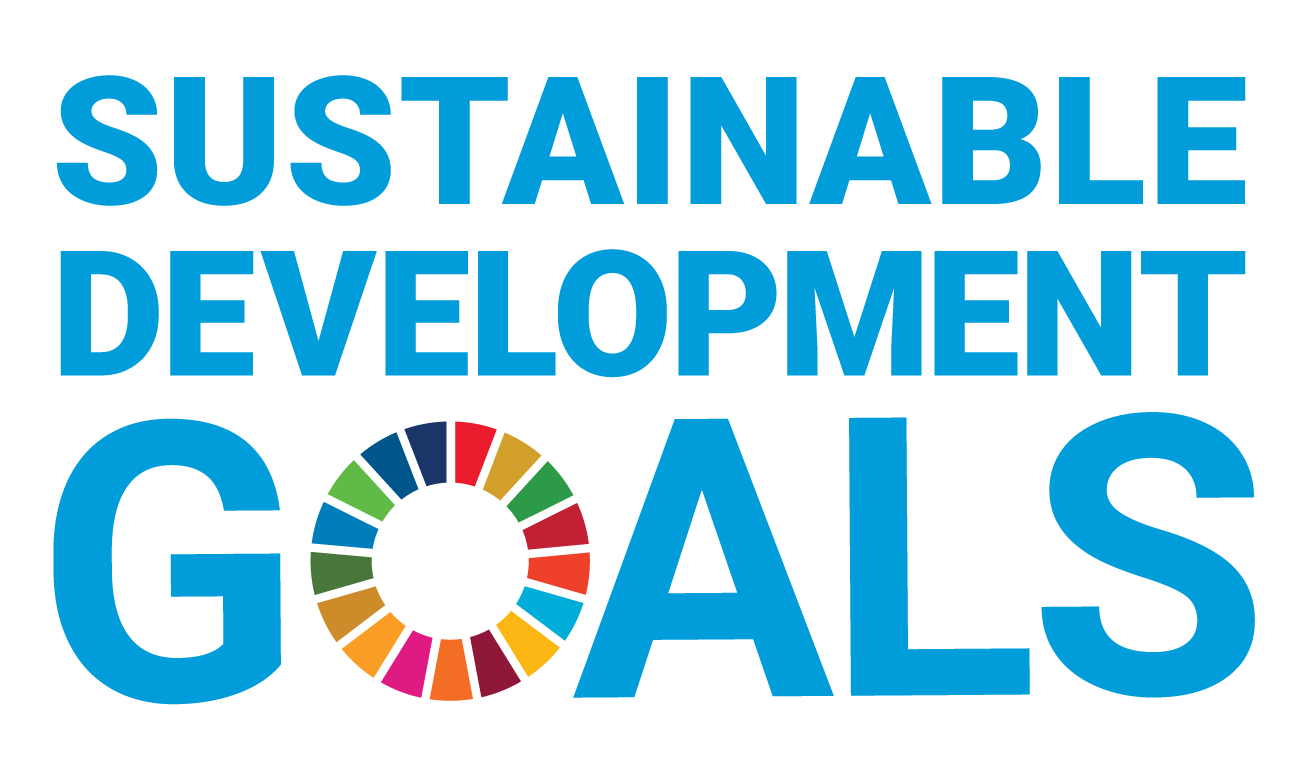Education for All
You can search for courses, events, people, and anything else.
Western Sydney is Australia’s most significant urban growth corridor, but this is not reflected in job opportunities for young people in the region.
Through detailed cross-analysis of census, education, and labour-force participation data, a Western Sydney University study has found geographic clusters in western Sydney where cohorts of young people, aged 15-24 years, have disengaged from further education and the labour force.
Written by the Centre for Western Sydney, the Youth Unemployment in Western Sydney report was commissioned by Youth Action, the overseeing body for youth services in NSW, which represents 1.25 million young people in the state.
Lead author, Professor Phillip O’Neill, says the report points to a compounding set of problems behind the growing number of ‘disengaged’ young people in western Sydney.
This includes a marked deterioration in the labour market for young people since the global financial crisis; unsuccessful education outcomes; and government approaches to welfare assistance.
He says official statistics fail to capture this ‘not earning or learning’ group, yet when they are taken into account, as in this report, there are areas in western Sydney where youth unemployment is double the official rate.
For example, average youth unemployment for central western Sydney is 13.8%. But this average figure obscures significant sub-regional variations — two neighbouring suburb groups in that area, Lethbridge Park-Tregear and Bidwell-Hebersham-Emerton, have youth unemployment rates of 26% and 24% respectively.
In collaboration with .id — their report partners and demographers, the team identified a further 23 areas in western Sydney with high levels of young people ‘not earning or learning’.
Need to know
- A group of 15-24 year olds in western Sydney who are not ‘earning or learning’ can be overlooked in official statistics.
- Western is studying this group.
- The decline in full-time jobs for youth in western Sydney is one of the main issues.
“Typically these areas involved a collection of two or three adjoining neighbourhoods where we found around 500 15-24-year-olds that are officially unemployed, meaning they qualify for unemployment benefits and pass work-ready tests. We identified another 500 young people who have dropped out of the system all together,” he says.
“It is very difficult to find this ‘not earning or learning’ group in the statistics. You have to do a lot of cross tabulation between welfare, education and labour market data.”
In many of these clusters of disengaged youth, there were also high rates of young mothers, low rates of car and home ownership, low rates of school completion, low English language proficiency, and high levels of intergenerational welfare.
One of the main issues identified in the report was the long-term decline in the availability of full-time jobs for youth in western Sydney.
“Sydney is constructing a geographical imbalance where the growth in the young labour force in many neighbourhoods isn’t matched by growth in accessible jobs. Getting people to work involves a very expensive public transport system and highly congested road systems,” he said.
“To a certain extent the problem has been hidden because we collect data in ways that don’t pick up this ‘not earning or learning’ group, but now we have developed ways of tracking them, the pressure to be doing something is growing.”
“Predictive models tell us the most likely outcome for this group is a lifetime of welfare support. The effect on the public purse is enormous, approaching $1 million per person over a lifetime.
“Poor education and work outcomes are not only undesirable from an individual point of view, they are unsustainable from a taxpayer point of view.”
Meet the Academic | Professor Phillip O’Neill
Professor Phillip O’Neill is Director of the Centre for Western Sydney at Western Sydney University. Previously he was Foundation Director of the Urban Research Centre at WSU, and Director of the Centre for Urban and Regional Studies at the University of Newcastle. Phillip is a widely published international scholar with expertise relating to economic and industrial change especially in large cities. He had held visiting research fellowships at Bristol University, The University of Massachusetts, the National University of Singapore, the University of Oxford and University College London. Phillip was Editor-in-Chief of the journal Geographical Research 2010-14. He sits on the editorial boards of a number of leading international journals and is a member of the advisory board of iBuild, a leading UK infrastructure research venture. Phillip has held six prestigious Australian Research Council grants including his current grants which investigate Australia’s obstinate infrastructure problems and international infrastructure financing trends. Phillip writes regular columns for the Fairfax regional and community press and is a prominent media commentator. In recent times he has completed a 25 year outlook study of employment for Western Sydney, an investigation of mortgage distress in significantly affected Western Sydney neighbourhoods, a detailed audit of Sydney’s threatened agricultural lands, and a path-breaking analysis of Sydney's fresh fruit and vegetable supply chains.
Related Articles
Credit
This report was funded by Youth Action.
© OcusFocus/iStock/Getty Images
Future-Makers is published for Western Sydney University by Nature Research Custom Media, part of Springer Nature.








